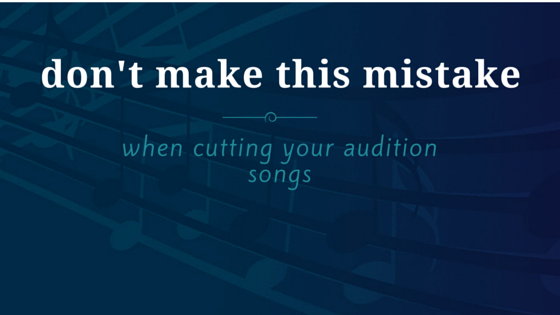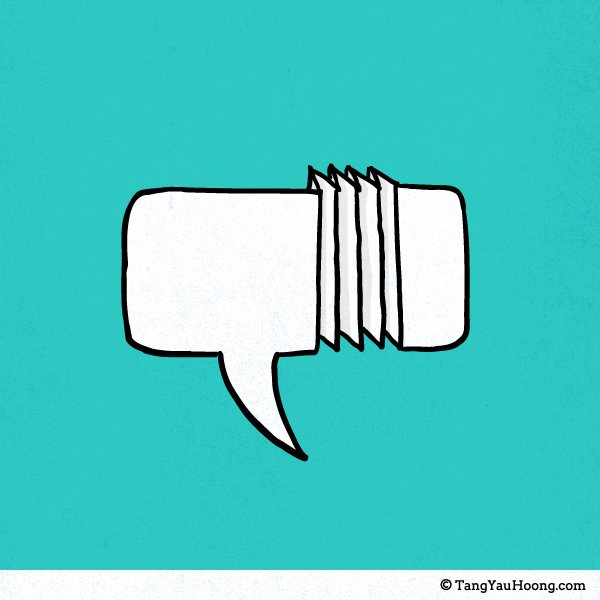Blog

17
Sep
Don’t Make This Mistake When Cutting Your Audition Songs
by
Lyn Koenning
on September 17, 2015
0
comments
In my previous post, I shared some tips I’ve picked up from Broadway actors, music directors and casting agents on how to choose five songs that will be right for almost any audition. You’ll never again have to scramble to learn a song at the last minute! (If you missed it, you can read it here.)
So what’s next? In each of those five songs, you’re expected to show your best singing and acting by cutting each one down from its original length to what seems like a nanosecond. Let’s talk about how to condense that great song into a great cut.

You know the “magic” number, right? 32. As in 32-bar cut. But here’s my next tip from the pros: You’ll make a great impression by avoiding the common mistake of going to the end of the song, counting backward until you reach 32, and starting your cut there. At best, that’ll get you a mediocre cut; at worst, you’ll get one that doesn’t make musical or dramatic sense. Neither one of those options is what you want. You need an audition cut that helps you stand out from the crowd.
First, understand that “32-bar cut” is actually code for about a minute and fifteen seconds. A 32-bar cut of a song that has a slower tempo will actually have fewer bars (measures) than a song that has a quicker pace.
- Your cut doesn’t have to be 32 literal measures.
- Your cut doesn’t have to be 32 consecutive measures.
- Your cut should last no more than a minute and thirty seconds.
Second, your cut should be a mini-version of the song’s emotional journey or story. Ideally, this means using material from the beginning, middle and end of the song when possible. The goal is to end in a different emotional place from where you started. Depending upon the form of your song, you might
- Use a few bars from a slow introduction, jump to one of the verses, and end with the chorus.
- Combine the lyrics from the first half of verse 1 with the second half of verse 2 followed by part of the bridge and ending with the chorus.
Third, don’t waste precious seconds on a long piano introduction.
- Get a “bell tone” (first pitch) and take a vocal pickup leading into the piano accompaniment when possible.
- When a piano intro does make sense, make it as short as practical.
Remember, a great cut shows off your skills as both a singer and actor to help convince the casting panel that you might be right for their program or for a part, so be sure to share the song’s most expressive moments and use them to capture the listener from the very start. And when it comes to length, less is more. You’ll have more time to show the full range of your skills when you get that callback!
Here’s an example of a great audition cut that uses the strategies mentioned above. And if you know someone who’s struggling with creating the right cut for their auditions, share these ideas with them right now. After all, there are opportunities out there for everyone who has a passion for performing — so let’s all help each other out!
Question: Did you ever have a difficult experience with a song as it was being played by the accompanist at your audition? If so, share your story in the comments below or on the AuditionCutPro Facebook page, and be sure to stay tuned for my next blog post…we’ll talk about how to mark your music to make it easier for the pianist to sightread.
